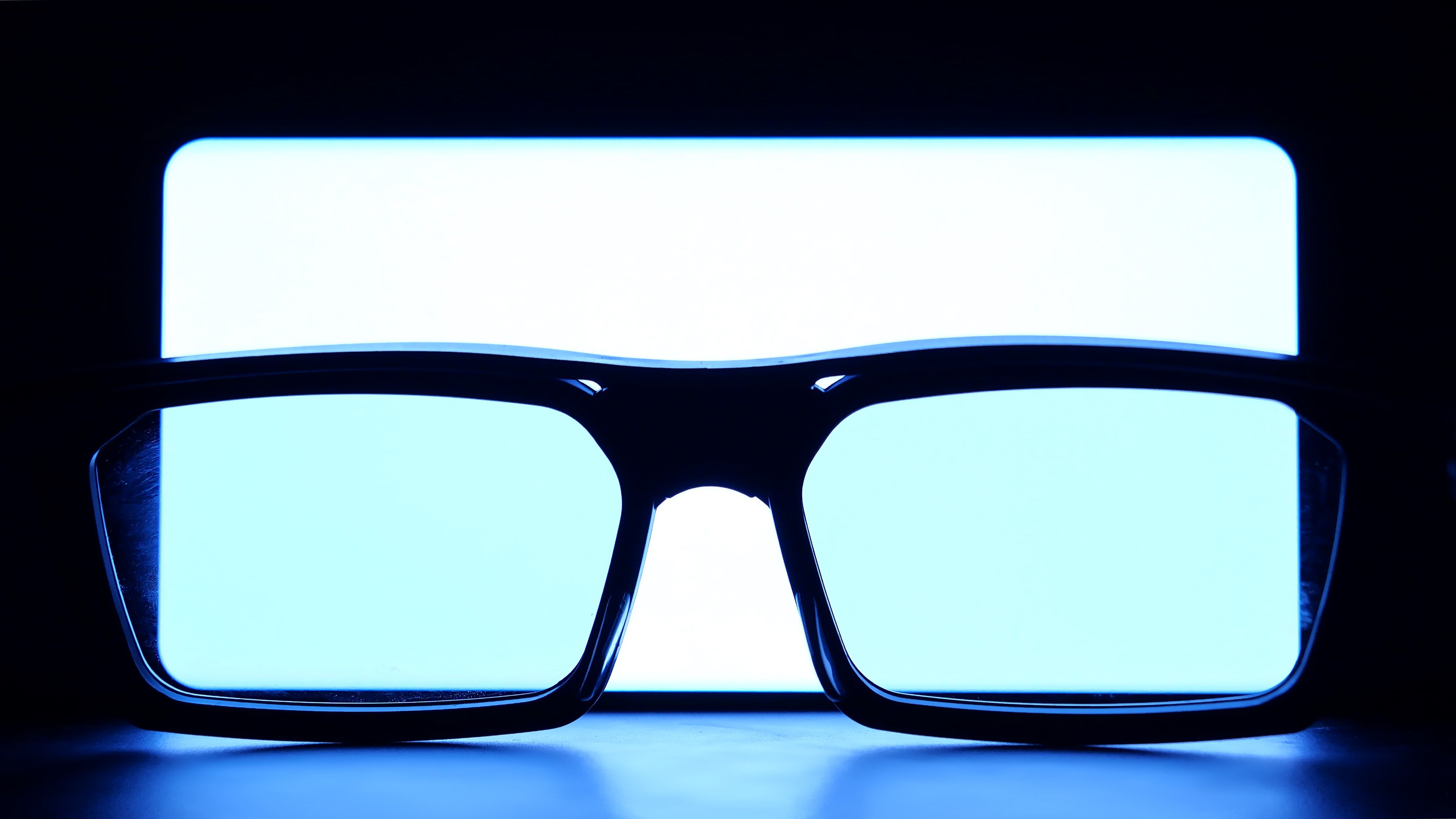Fragrances are utilized in various cosmetics and personal beauty categories and product formulations. Research into developing new options is an area of interest for the research and development teams of many industry suppliers and manufacturers. For companies to make informed decisions regarding new and existing product formulations, researchers must rely on accurate and up-to-date data.
One method of collecting reliable data for product formulation is through self-reporting by industry members, which has been spearheaded by the Research Institute for Fragrance Materials (RIFM). As detailed on their website, the RIFM is a member-supported nonprofit organization and “is the leading resource in the world for the safe use of fragrance ingredients.” The organization “evaluates fragrance materials through our internationally recognized safety assessment and research programs” as well as research, analysis, and publication to provide “a scientific basis for the safe use of fragrance for the protection of consumers and the environment.”
One research method to collect exposure data is through the Creme-RIFM Aggregate Exposure Model, which “enables the measurement of real-life consumer exposure to a fragrance material” through self-reported surveys. The most recent, Concentration Survey 39, implements new changes to the reporting model that will add further insight for cosmetics and personal care product companies evaluating consumer ingredient safety.
To learn more about the Creme-RIFM Aggregate Exposure Model and data collection methods, as well as the potential impact of the survey’s findings on the cosmetics and personal care industries, CosmeticsDesign spoke with Anne Marie Api, Ph.D., ATS, Vice President of RIFM for further insight.
CDU: What changes have been made to Survey 39, and what impact will they have on survey results?
Dr. Api: Beginning with Survey 39, reporting companies will need to add the total number of formulas sold for each product type. By providing this information, Creme Global will calculate the number of formulas that contain that fragrance ingredient. Access to this data will eliminate some of the conservatism built into the Model because we previously assumed that the fragrance ingredient being surveyed was included in all formulas.
Also beginning with Survey 39, additional product types will be included: A total of 18 baby products, lip balm, three eye-care products (eyeliner, mascara, and shadow), and sunscreen products for the body and face. Those interested in accessing the complete list can do so here.
CDU: What impact will these changes have on the Creme-RIFM Aggregate Exposure Model overall?
Dr. Api: These changes will make the results that RIFM culls from the Model more accurate, eliminating some of the built-in conservatisms. For example, when there are gaps in data, estimation tools are required to help calculate exposure, and these overestimate actual use by design so as not to underestimate exposure. Eliminating these conservativisms gives everyone a more accurate understanding of exposure.
CDU: How does the Creme-RIFM Aggregate Exposure Model impact cosmetics and personal beauty care product manufacturers and suppliers to these industries?
Dr. Api: RIFM cannot conduct a safety assessment without exposure information. Therefore, when evaluating the safety of a fragrance ingredient, RIFM includes aggregate exposure for consumers from all product types. “Aggregate exposure” means the total combined amount of a single fragrance ingredient that a person comes in contact with through all products used in a day. The Creme-RIFM Aggregate Exposure Model is the most comprehensive of its kind and provides the most realistic consumer exposure to fragrance ingredients.
CDU: How can the model and survey results be applied to inform decision-making regarding new product formulations?
Dr. Api: While RIFM does not provide guidelines for formulations, RIFM does define maximum acceptable concentration (or MAC) levels for fragrance ingredients that may pose some risk at higher concentrations. These MAC levels form the basis for the International Fragrance Association’s (IFRA) Standards, which are referred to by formulators to ensure that everyone can safely enjoy their products.
CDU: Are any particular areas of concern being addressed in the most recent study?
Dr. Api: We hadn’t previously accounted for baby products or sunscreens. The more exposure data we have, the less conservative we have to be with our estimates, resulting in a more realistic understanding of exposure.
CDU: What do you anticipate will be the most significant finding to impact the cosmetics and personal care industries in 2023?
Dr. Api: If we focus specifically on exposure, in 2023, three updates to the Creme-RIFM Aggregate Exposure Model will occur. We will:
- Update the habits and practices data with new information from Kantar Worldpanel;
- Include habits and practices data from Asia, specifically Singapore; and
- Resurvey consumer product companies for the concentrations of fragrance mixtures used in the personal care, cosmetic, household care and air care products in the Model.
The changes will increase the number of consumer products in the model to over 90. However, we don’t expect significant shifts in habits and practices to have taken place.
CDU: Anything else to add?
Exposure to fragrance ingredients is relatively very low. For example, exposure to 75% of fragrance materials falls below internationally recognized safe-exposure threshold levels—levels below which science tells us are unlikely to cause any harm.
Because fragrance ingredients are used at such low levels, RIFM is currently finishing a peer-reviewed publication manuscript describing the low exposure to fragrance materials in more detail.
Another manuscript describing the improvements to the Creme-RIFM Aggregate Exposure Model is also underway.





